Ash Tree Bark Problem: Causes Of Shedding Bark On Ash Trees
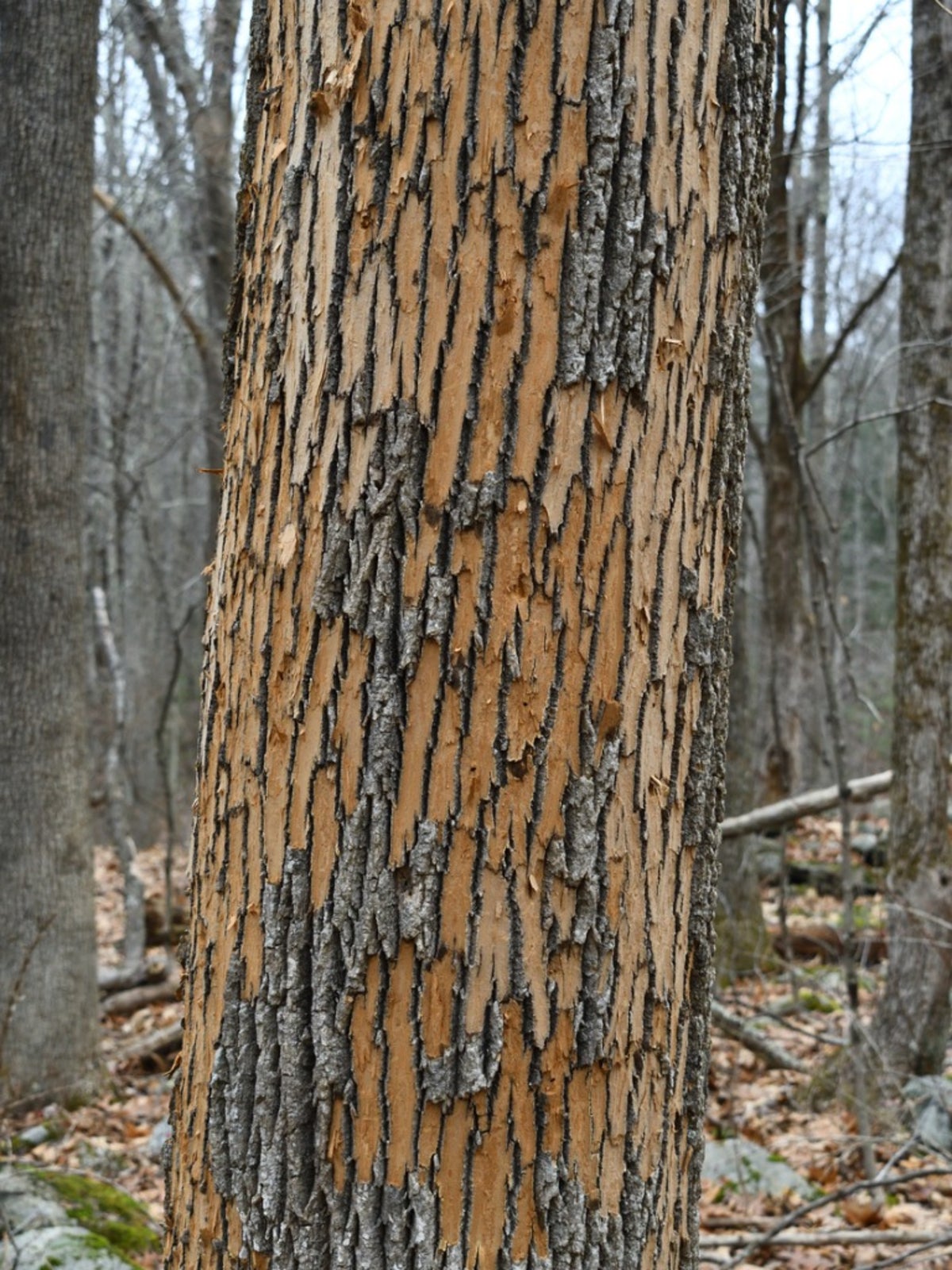

Ash trees make graceful landscape plants, but when your trees are stressed or plagued by pests, they may begin to shed bark in response to the damage they're experiencing. As a good ash tree owner, it's your job to determine if ash tree bark peeling is a sign of environmental problems or if the bark coming off ash trees is due to boring beetles. Read on for more information on these common ash tree problems and their management.
Shedding Bark on Ash Trees
When your ash tree is shedding bark, it may feel like the time to panic, but try to keep your cool. Often, this is simply indicating an easily correctable environmental problem. Ash trees typically grow on or near the banks of permanent water sources like streams and ponds. Because of this, they're not very adaptable when the weather dries out and they can't get the moisture they require. Often, they'll shed bark in protest, but quick action on your part can slow or stop your ash tree from losing bark. Provide the tree in question with ample water, up to 210 gallons (795 L.) a week during the summer for a tree with a 15-foot (4.5 m.) wide canopy, being sure to water at the drip line instead of near the trunk. An irrigation system can help keep your thirsty ash tree supplied with water. Other stressors like a sudden change in environment, such as trenching, removing the grass around the tree, herbicide use, over-fertilization, or the failure of your irrigation system can also end in bark shedding. Water a stressed tree well, withholding fertilizer until the tree show signs of improvement.
Ash Tree Losing Bark from Emerald Ash Borers and Sunburn
Over-pruning is a common cause of an ash tree bark problem; the removal of branches that once shaded the trunk can lead to sunburn on these previously protected tissues. Sunburned bark may peel and fall off the tree in question and emerald ash borers can find their way to these easy-to-penetrate areas of tissue. Once sunburn has occurred, there's no way to repair it but you can prevent it in the future by being careful to prune out less than a quarter of the living branches of an ash tree during any season. Check your damaged tree's trunk for small holes before dressing the wounded areas with a trunk wrap or painting it with white latex paint mixed with equal parts water. If tiny d-shaped holes are peppered in the areas of peeling bark, you have a much more serious problem on your hands. This is the telltale sign of the emerald ash borer, a serious pest of ash trees. Trees that have been infested for a while may have many dying branches and aggressive shoot growth around the base of the tree in addition to the bark peeling and holes in the trunk. Generally, borers are a death sentence for a tree - these insect pests spend most of their lives inside affected trees, causing a slow decline as they chew through the transport tissues that keep the tree hydrated and nourished. Once these are severed, it's only a matter of time before the tree dies. A large tree can present a serious hazard to objects and people on the ground below - have your tree evaluated by an arborist if you suspect borers. Removal is typically your only option.
Gardening tips, videos, info and more delivered right to your inbox!
Sign up for the Gardening Know How newsletter today and receive a free copy of our e-book "How to Grow Delicious Tomatoes".

Kristi Waterworth was a regular contributor to Gardening Know How for many years, answering countless queries on plant pests and diseases.
-
 12 Lush Alternatives To A Lawn For Sustainable Spaces
12 Lush Alternatives To A Lawn For Sustainable SpacesAlternatives to a lawn are beautiful and also beneficial to your local ecosystem and its pollinators. Explore our top picks for plants to replace grass.
By Tonya Barnett
-
 Types Of Tomatoes Explained: Explore The Many Wonderful Shapes, Colors, Flavors, & Best Uses
Types Of Tomatoes Explained: Explore The Many Wonderful Shapes, Colors, Flavors, & Best UsesThe world of tomato varieties is vast and fascinating. Learn about the key types to grow in your garden, tailored to your preferences and space.
By Amy Grant
-
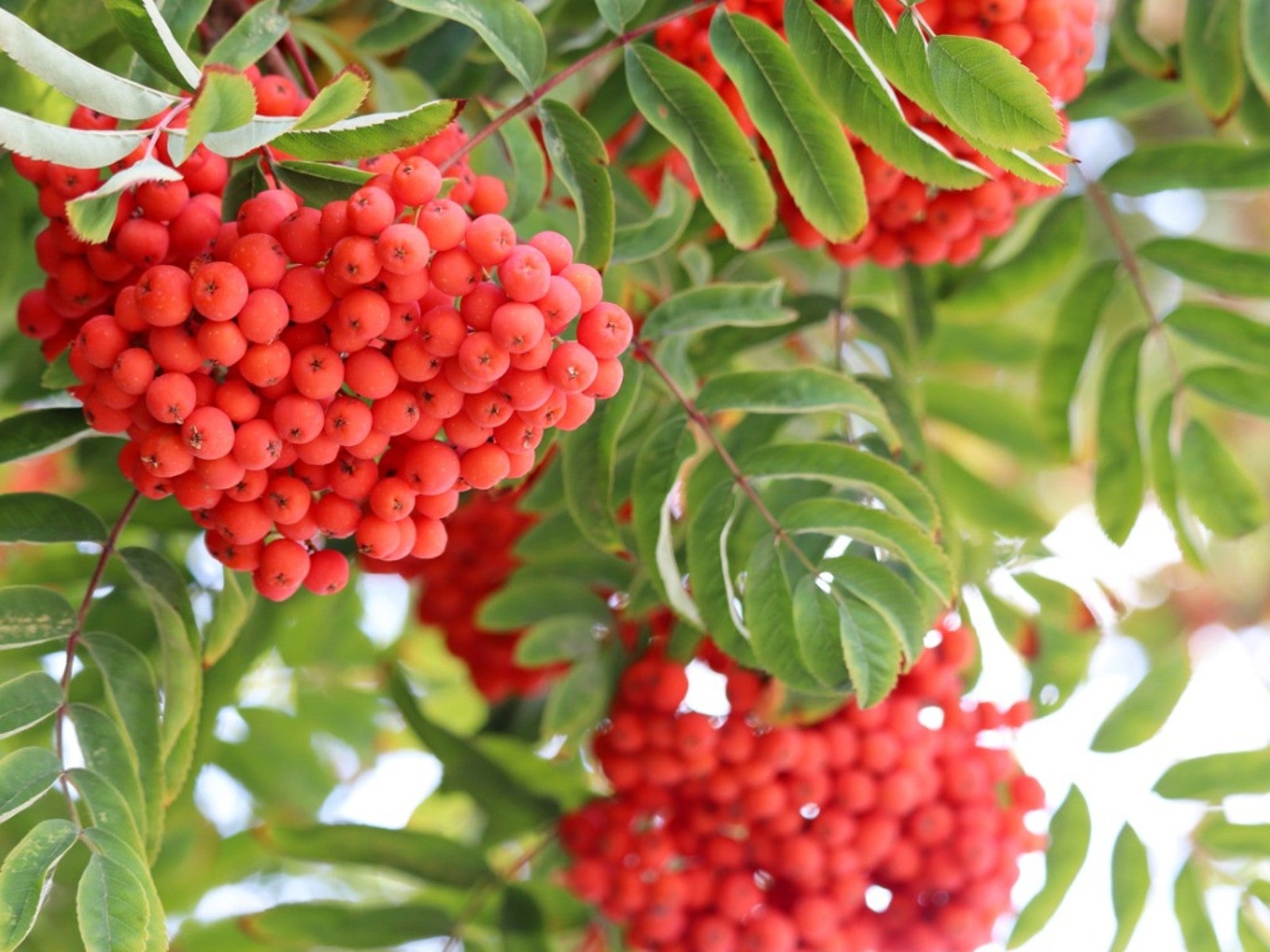 European Mountain Ash: Care For The Rowan Tree
European Mountain Ash: Care For The Rowan TreeAre mountain ash and rowan trees the same? They are exactly the same tree. Read on for more information on these trees.
By Teo Spengler
-
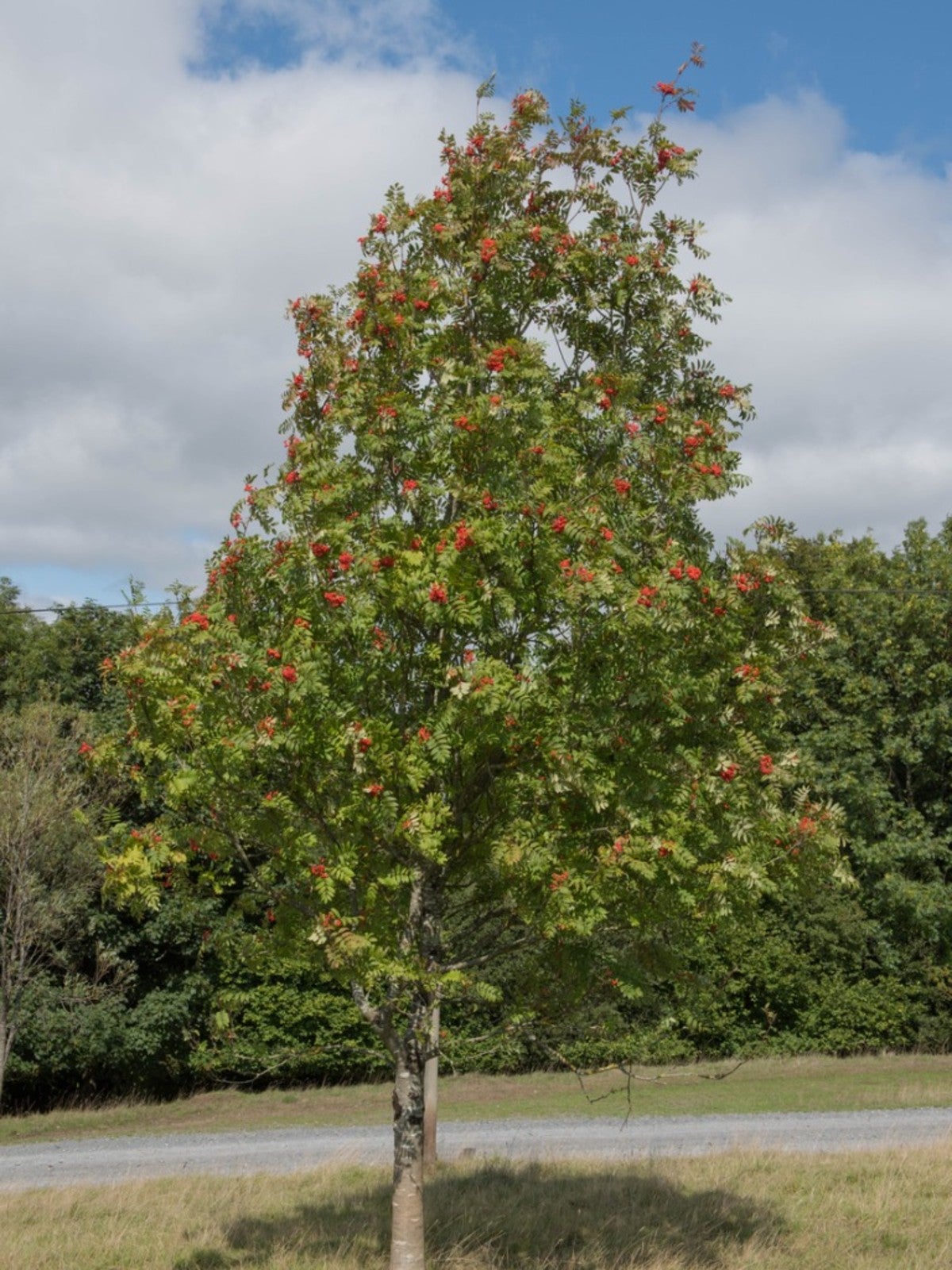 European Mountain Ash Identification - European Mountain Ash Care
European Mountain Ash Identification - European Mountain Ash CareWhat is a European mountain ash tree? If you are considering growing this mountain ash trees for ornamental purposes, click here for tips on care as well as a caution about its invasiveness.
By Teo Spengler
-
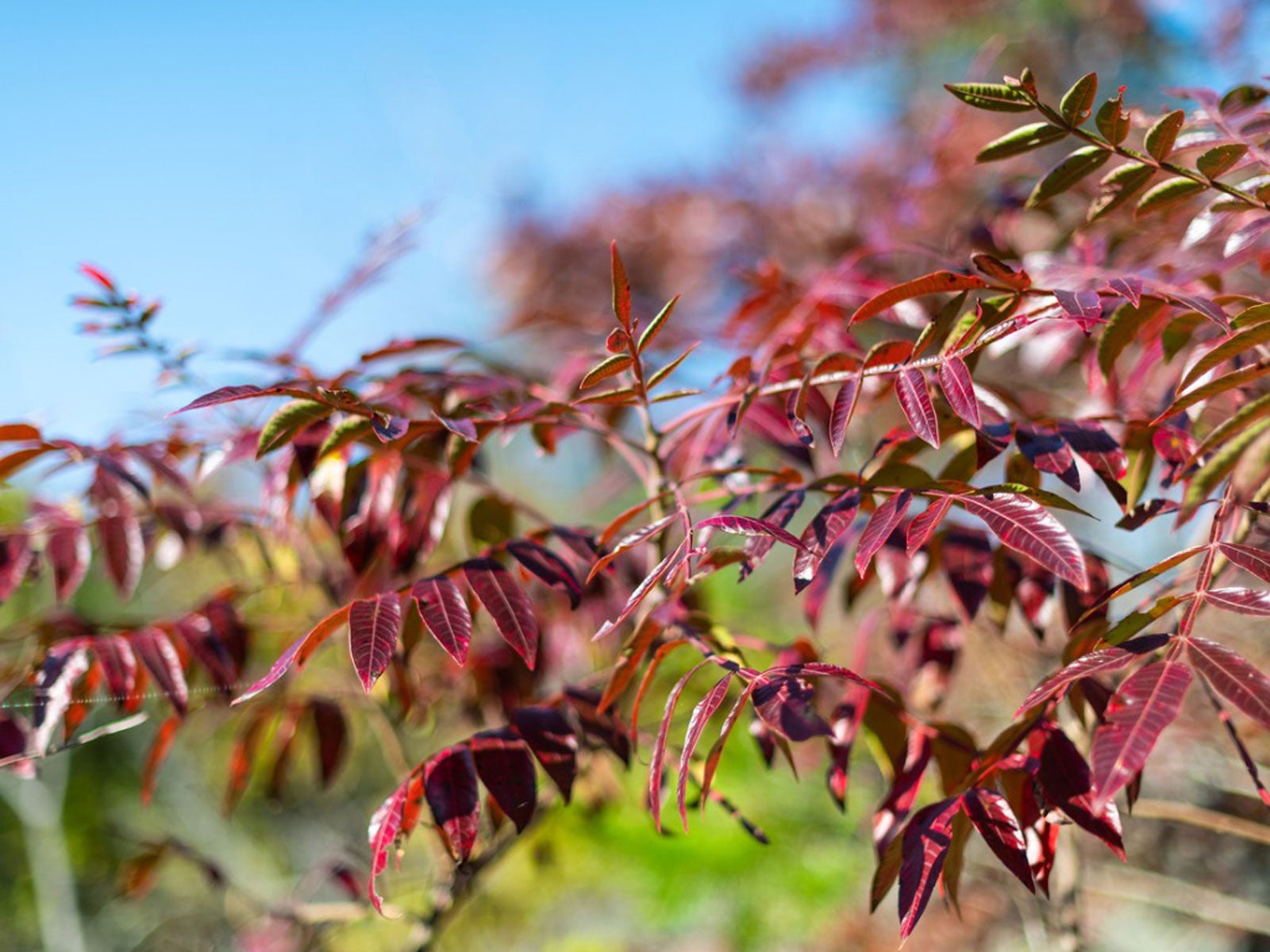 Ash Tree That Turns Purple – Learn About Purple Ash Tree Facts
Ash Tree That Turns Purple – Learn About Purple Ash Tree FactsThe purple ash tree is actually a white ash tree that has purple leaves in fall. Its attractive autumn foliage makes it a popular street and shade tree. For more information about ‘Autumn Purple’ ash trees, click on the following article.
By Teo Spengler
-
 Ash Tree Identification: Which Ash Tree Do I Have
Ash Tree Identification: Which Ash Tree Do I HaveSome species of trees just happen to have “ash” in their common names but aren’t true ashes at all. Find different types of ash tree varieties here.
By Teo Spengler
-
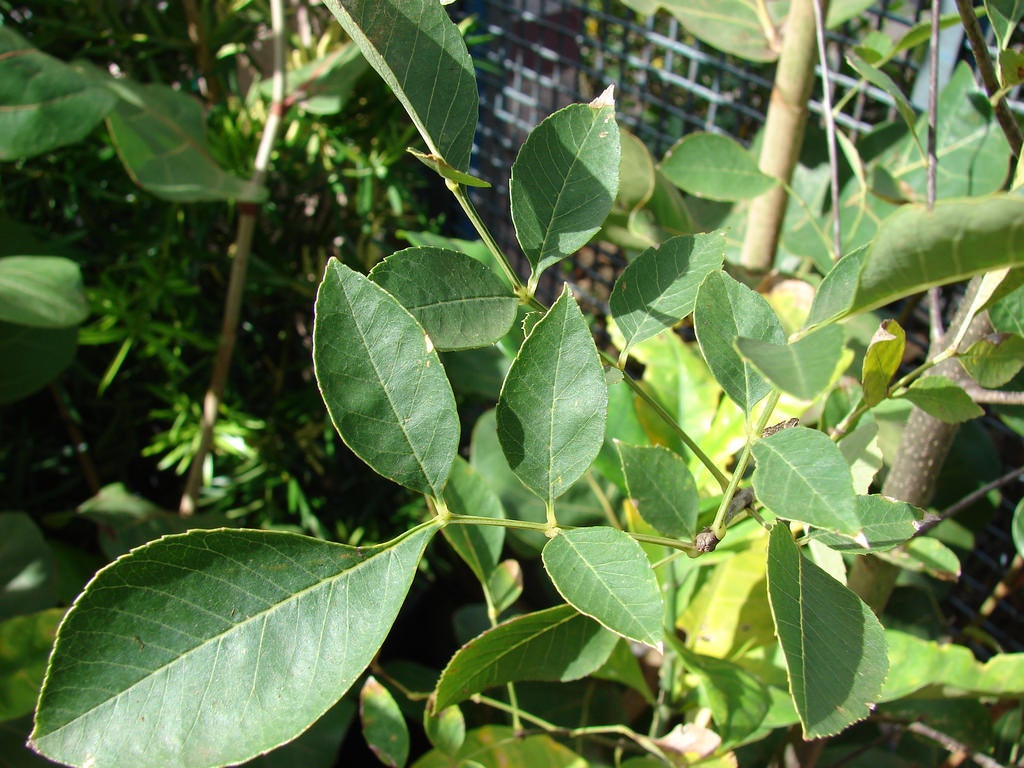 What Is Arizona Ash – How To Grow An Arizona Ash Tree
What Is Arizona Ash – How To Grow An Arizona Ash TreeArizona ash (Fraximus velutina) is an upright, stately tree with a rounded canopy of deep green leaves. It is relatively short-lived but may survive 50 years with proper care. Click on the following article to learn about growing Arizona ash trees in your landscape.
By Mary H. Dyer
-
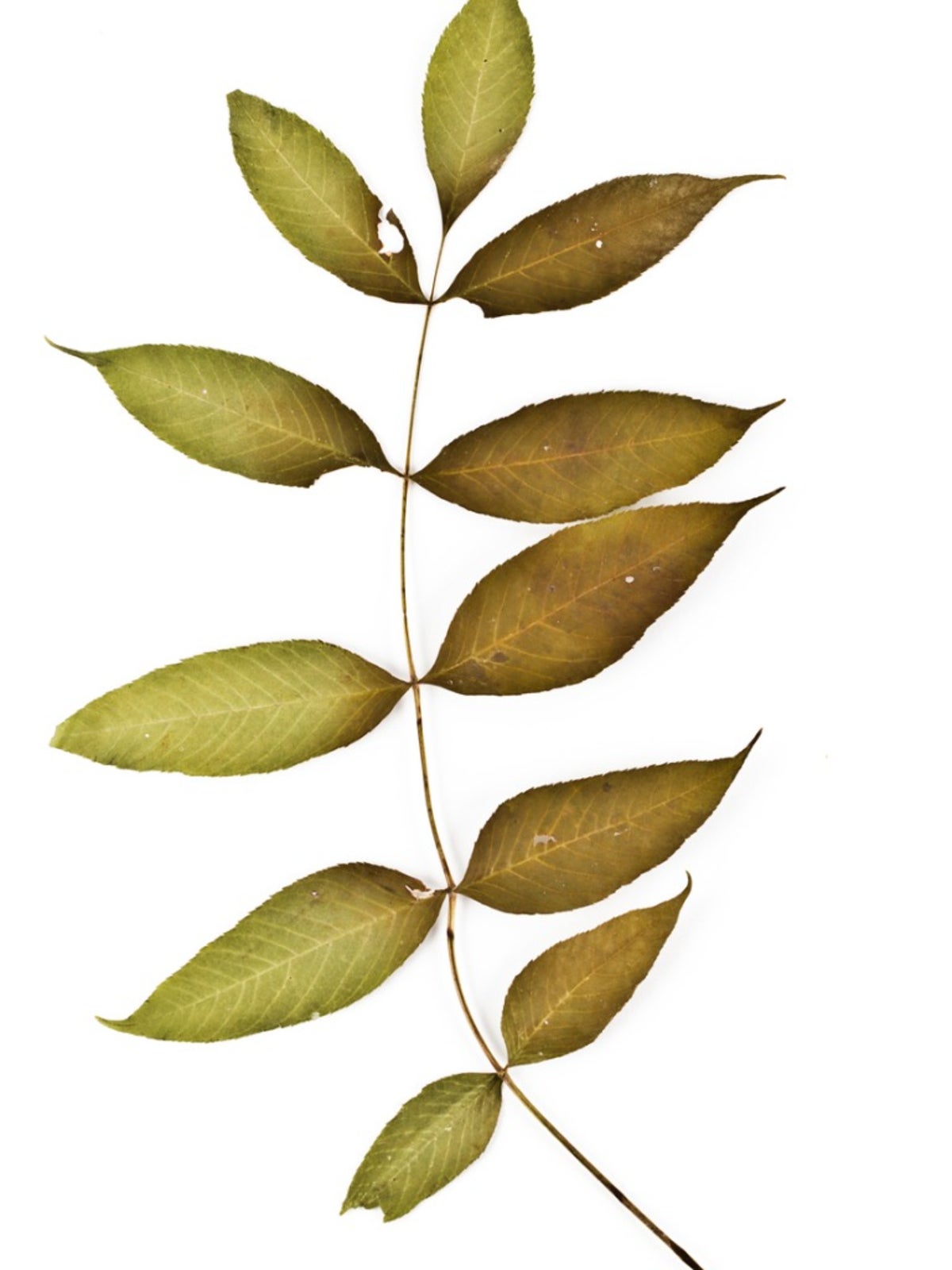 Black Ash Tree Information – Learn About Black Ash In Landscapes
Black Ash Tree Information – Learn About Black Ash In LandscapesBlack ash trees grow slowly and develop into tall, slender trees with attractive feather-compound leaves. This article has additional information about black ash trees and black ash tree cultivation. Click here to learn more.
By Teo Spengler
-
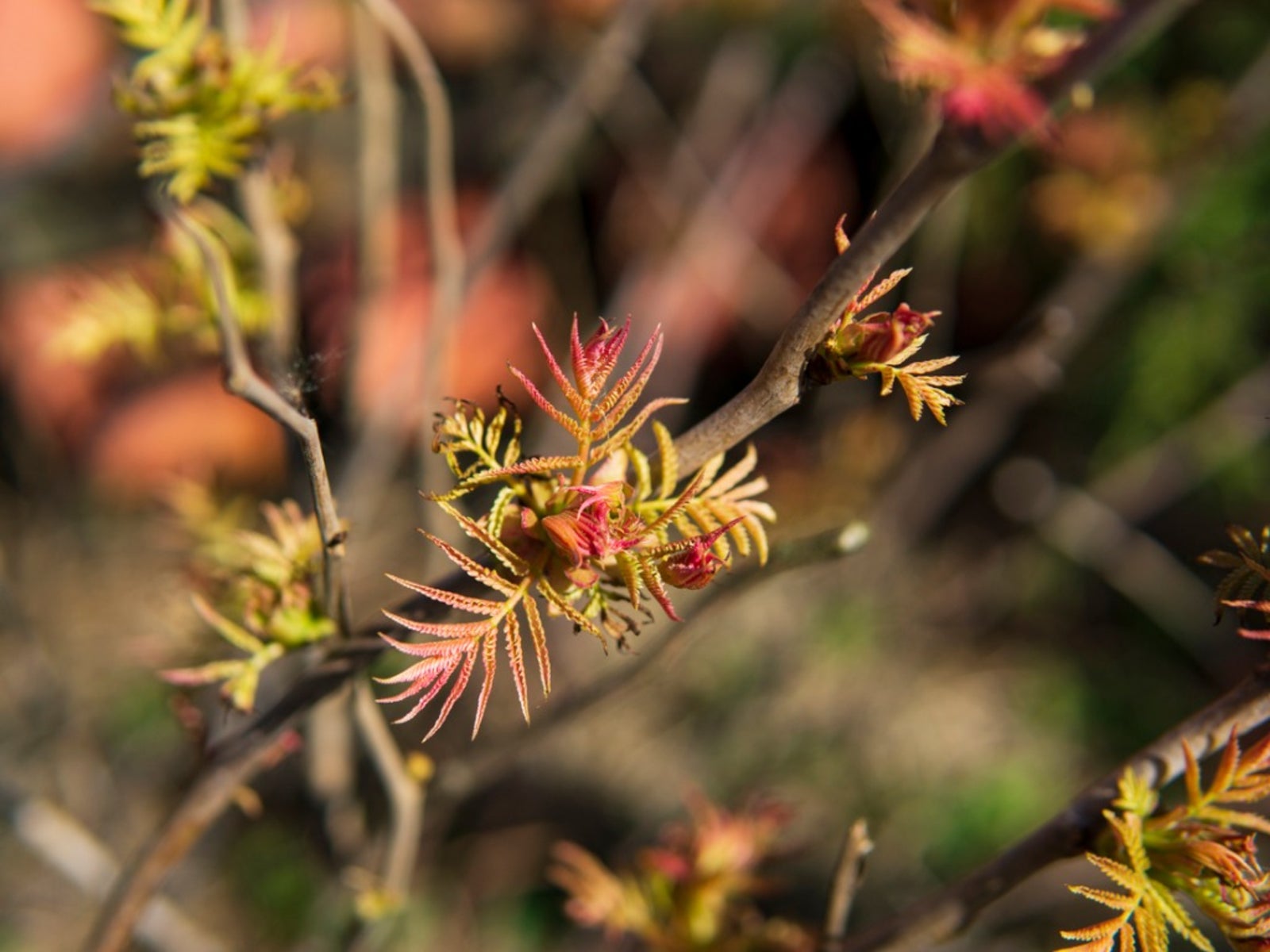 Showy Mountain Ash Care – Can You Grow A Showy Mountain Ash Tree
Showy Mountain Ash Care – Can You Grow A Showy Mountain Ash TreeIf you read up on showy mountain ash information, you'll find that the trees flower profusely, produce attractive berries and offer a stunning fall display. Growing this tree isn't difficult if you live in a cooler climate. Click here for tips on showy mountain ash care.
By Teo Spengler
-
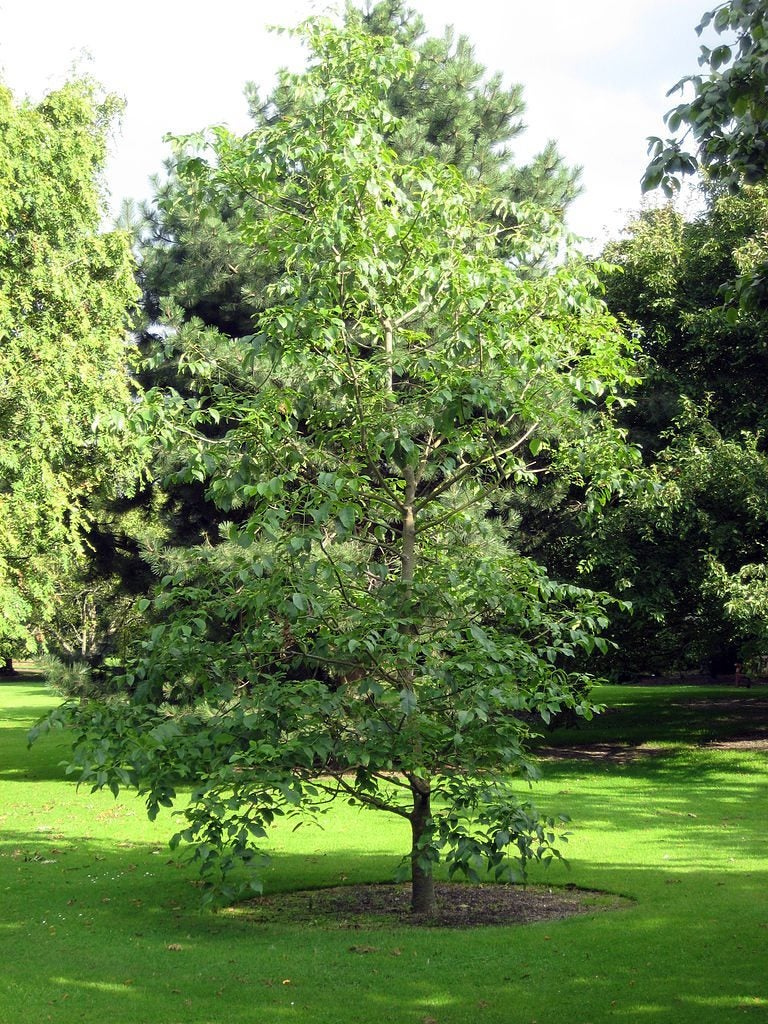 What Is A Pumpkin Ash: Information About Pumpkin Ash Trees
What Is A Pumpkin Ash: Information About Pumpkin Ash TreesYou've heard of pumpkins, but what is a pumpkin ash? It's a fairly rare native tree that is a relative of the white ash tree. If you're thinking of growing pumpkin ash trees, click this article for more pumpkin ash information, as this may not be such a great idea.
By Teo Spengler